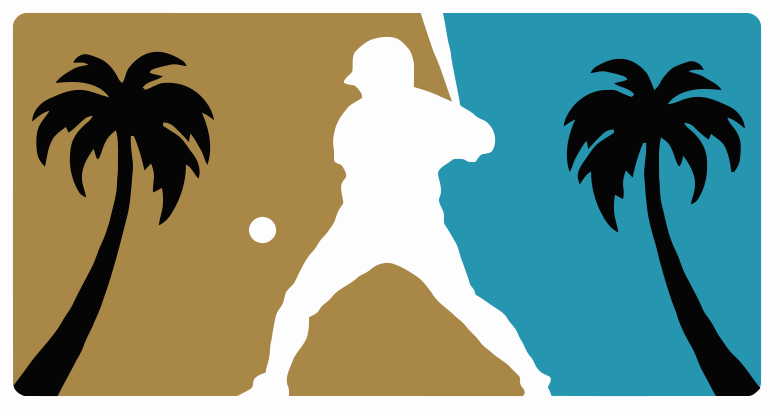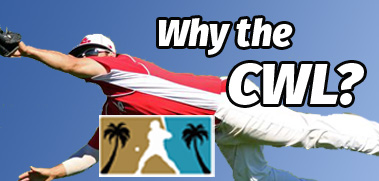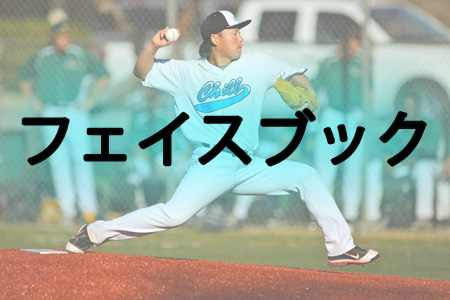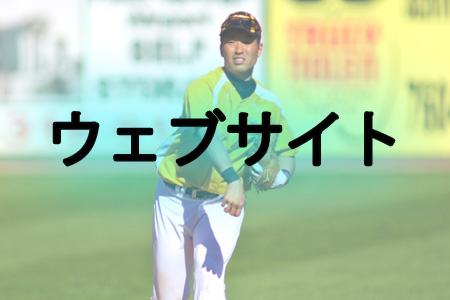By: Pat Mullen
PALM SPRINGS, Calif. – Back in Redford, Michigan, Austin Delmotte sat at home, arm in sling, fresh off a second Tommy John surgery that would change his life forever. The now 24-year-old has a bright future ahead of him. It involves Major League Baseball and the Texas Rangers, an opportunity presented to him in Palm Springs playing in the California Winter League. Playing baseball for a Major League-affiliated team is a dream kids all over the world hope to reach. However, not everyone realizes how hard it is for players to make it to the majors, or even the minor leagues. Austin Delmotte has a story that stands out from all the others.
On April 18, 2013, almost two years to the day of the first operation, Austin Delmotte had his second ulnar collateral ligament construction: more commonly known today as Tommy John surgery.
“At one point, I wouldn’t even touch a baseball because I thought it was my time to hang it up,” Delmotte mentioned when thinking back on his recovery period.
Austin struggled dealing with the recovery process, which usually lasts at least 10 or more months.
“It was tough knowing I was putting everything into getting better and dedicating myself to a sport that owes me nothing,” Delmotte told me. “Just to think that I could sacrifice time and energy and never get to the level I once was.”
Before the injury bug set in for Austin, he was a senior at Romeo High School debating what to do for college. He decided to stay close to home and attend Saginaw Valley State University, but became discouraged when the coach said he “didn’t have what it took to pitch”.
Delmotte decided to transfer to Patrick Henry Community College in Martinsville, VA. After starting off as a pitching/position player, he had so much success at the plate that he was made into strictly a right fielder and first baseman by his second year. As well as Austin did at Patrick Henry, he knew his true calling was as a pitcher.
In order to pursue his dreams of being a pitcher, he transferred back home to Madonna University (Livonia, MI). This was an easy choice for Delmotte as he wanted to play with his close friend Jeremy Gooding. It also helped that they had a coach in Greg Haeger who was great with developing pitchers.
At Madonna, Delmotte would become strictly a pitcher. It was with there with the Crusaders that his first arm problems occurred.
“My first winter there I thought I had bad tendonitis but kept throwing,” he said. “My first start came and my velocity dropped off and it lead to my first Tommy John on April 15, 2011.”
After any injury, it is hard to make a comeback in the sport you sustained the injury in. Austin came across the same type of struggles.
“Recovery for that surgery was long and by fall going into my senior year I didn’t think I was ever going to be able to throw a ball hard again. That off season I dedicated myself to working out and becoming the ‘biggest, fastest, and strongest’… I was told those athletes win games.”
He added, “I didn’t throw at all though. I came back and each time I got on the mound my velo [velocity] kept climbing.”
The second injury came as the team headed down to Florida for their spring trip. Austin was consistently throwing 95-98 and scouts were beginning to gain interest. He tried to log more innings and throw more than his body was used to.
“My arm got sore and tight but I went out anyways,” Delmotte stated. “In the middle of the inning my elbow popped and when Coach Haeger came out, it was verbatim of the first time he came out and my velocity dropped. That led to my second Tommy John Surgery.”
As Austin recovered from his second surgery, the struggle he once experienced set in again. He knew hard work was a must, with no guarantees.
What it came down to for Austin was faith and desire,
“I had [doubts] in my mind, but still getting up every day and giving it everything I had so I could look back with no regrets. That was the toughest part.”
Austin’s arm healed, and by 2014 he was able to start training again. He would “wake up, go to a facility, and do corrective exercises, speed intervals, a throwing program and strength training. From there I would go right to the gym.”
Besides training, Delmotte knew he had to play the situation smart. He had been in talks with a few teams during the summer, including the Texas Rangers, but they wanted to make sure he was healthy before taking him serious. He began working for his step dad, Ron Pichler. Ron had a real estate business and said Austin had a real knack for it.
While working in real estate, he continued to work out and build up his arm stamina on the side, along with giving younger players lessons as well.
Eventually Delmotte decided he had to prove to scouts that he can still bring it, but needed a true in-game situation. He was already signed with the Amarillo Thunderheads, a member of the American Association. What better way to try and jump to the major league level than during the winter time, leaving the cold, snowy conditions in Metro Detroit and head to the west coast for the California Winter League?
Here at the CWL, just as there are 200-plus players, a ton of coaches and scouts come out as well to check out the talent. One scout in particular who wanted to see Austin pitch was Rangers’ scout, Rick Schroeder.
“Well Austin was tipped off to the Rangers by a close associate of ours who works for us in Michigan,” Schroeder told me the day of the signing. “He happens to be a really good friend of Austin and his family so we were kind of in the driver seat from day one on this.”
Schroeder then added, “To tell you the truth I was sent here to cover the league number one, but Austin was the guy to watch for us in the early going and make sure he was healthy.”
The right hander knew his arm was feeling good. This could be the time he finally has success.
“I wanted to come showcase my abilities and grab the attention of scouts that knew me and didn’t know me,” Delmotte said. “It’s always my goal to be a standout player.”
(Now, do not take this quote out of context. Austin Delmotte is NOT a cocky, arrogant guy. If anything, he is the complete opposite. Austin was almost too shy to talk to me about doing this story. He just has the mindset that you have to think you are the best to be the best.)
After Delmotte had a few good outings, Schroeder and the Ranger’s organization decided they had seen what they were hoping for: a power fastball and high velocity similar to some of the closers you see in the Major Leagues. They signed Austin on January 28, 2015, less than a week into the California Winter League.
Austin will start the season when pitchers and catchers report for the Major League season. Schroeder gave a quick breakdown of the route he hopes Austin to take.
“He is going to start in a lower level of baseball,” Schroeder informed me. “He has to show us he can pitch. That where player development comes into play, and we have a strong program.
“I would assume [Austin] will be a mid-reliever/late reliever because the velocity is so good. By the end of the 2015 summer, he should be at High-A ball if he competes and does what we think he can do.”
This will be a big jump for Delmotte. A guy who went from being told he does not have what it takes to be a pitcher at his first college to having two Tommy John surgeries.
Austin understands that he is being given a great opportunity and this is just the beginning of a long journey. He also knows that just because he has that chance, it does not mean anything will be handed to him.
When we were wrapping up the interview, Austin said he wanted to thank his family and friends who supported him, along with the California Winter League for giving him an opportunity to be seen and signed.
But it was one of the last questions I asked Austin before the interview was over that really stood out to me. It could arguably be what has made Austin into who he is today and what will allow him to reach any goal he sets for himself.
I simply asked, “What has allowed you to get to this stage in your baseball career?”
His response?
“First and foremost God and building the relationship I now have with Him… Without Him, I never would have touched a baseball again.”






